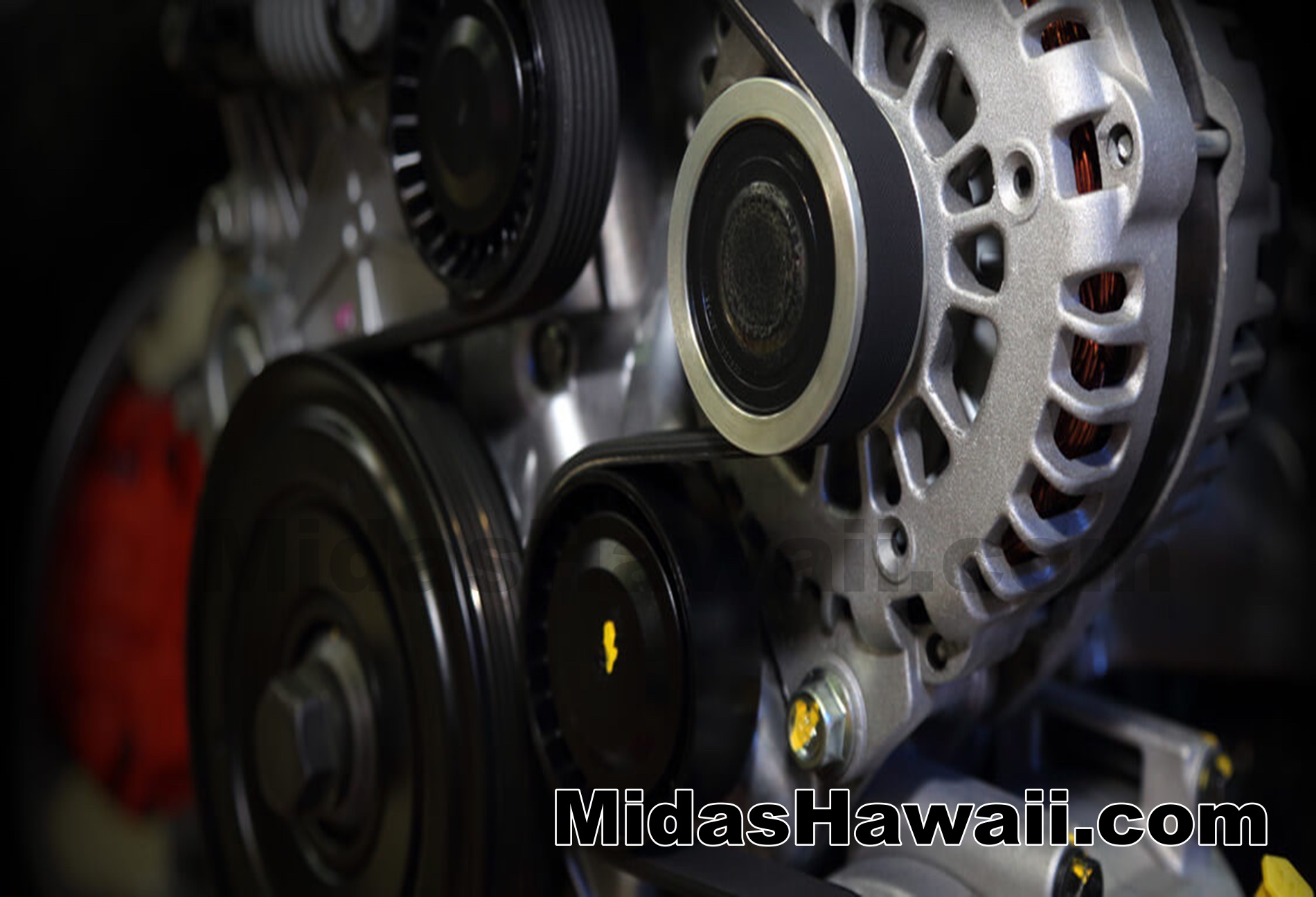Serpentine Belt Replacement
- Tweet
Back to the top
FAQ LEGEND
Back to the top
Serpentine Belt Replacement Questions
A. If your engine is chirping or squealing, don't ignore it. It could be your serpentine belt now -- and critical vehicle systems later.
A. The serpentine belt (also called a drive belt) powers several critical systems in your vehicle, most commonly the power steering, air conditioning, alternator, and water pump (for the cooling system). This belt is the link between your engine and these important accessories, transferring energy from the crankshaft to the systems that enable you to start, steer, and cool your vehicle. Certain vehicles use two drive belts to power these components.
Preventive maintenance on the serpentine belt includes occasional replacement of the belt and (on some vehicles) periodic adjustments to the belt's tension. Neglecting the serpentine belt long enough will compromise every system the belt controls -- and ultimately disable your vehicle. The good news: a serpentine belt can last up to 100,000 miles.
A. Since the serpentine belt controls other systems in your vehicle, a worn-out belt may first come to your attention through a problem in your power steering, alternator, climate control, or cooling system. Or you may see or hear the belt problem directly. Here are some common signs of serpentine belt breakdown:
- Chirping or squealing noises: Could be the sound of your serpentine belt slipping due to loose tension, misalignment due to belt damage, or possibly an oil or fluid leak.
- Vehicle system failure: Power steering, alternator, and climate control are all controlled by the serpentine belt and vulnerable to belt failure.
- Overheating: Serpentine belt failure can prevent your water pump from cooling your engine.
- Visible wear on the serpentine belt: Cracks, rust, and rib damage mean it's time to replace the belt before it breaks.
- Loose tension on the serpentine belt: Some belts require periodic tension adjustment. Many include a part called the tensioner. The belt needs to be serviced, not replaced.
A. A bad serpentine belt can disable your power steering, water pump, climate control, and alternator. A broken serpentine belt will stall your vehicle -- and also risks immediate, severe damage to major vehicle systems. That's why preventive maintenance on this belt is so important. Be sure to follow your vehicle's recommended schedule for adjusting and replacing your serpentine or drive belt -- and take advantage of the Midas Touch Courtesy Check1 for a visual inspection of the belt.
A. A serpentine belt should last anywhere from 50,000 miles (in older vehicles) to 100,000 miles (newer vehicles with belts made of the latest rubber compounds, in ideal conditions). So, how often to replace your serpentine belt depends on your vehicle, its age, the material your serpentine belt is made of, and your driving conditions. In addition to this occasional replacement cycle, some serpentine belts are designed to be manually tightened or adjusted from time to time. Check your vehicle owner's manual for the recommended serpentine belt maintenance cycle -- note that it may be called the drive belt.
ref no:34703
Please send questions about this website to webmaster
Terms of Use / Legal Disclaimer / Privacy Statement
Site Designed and Managed by MacBusiness Consulting

